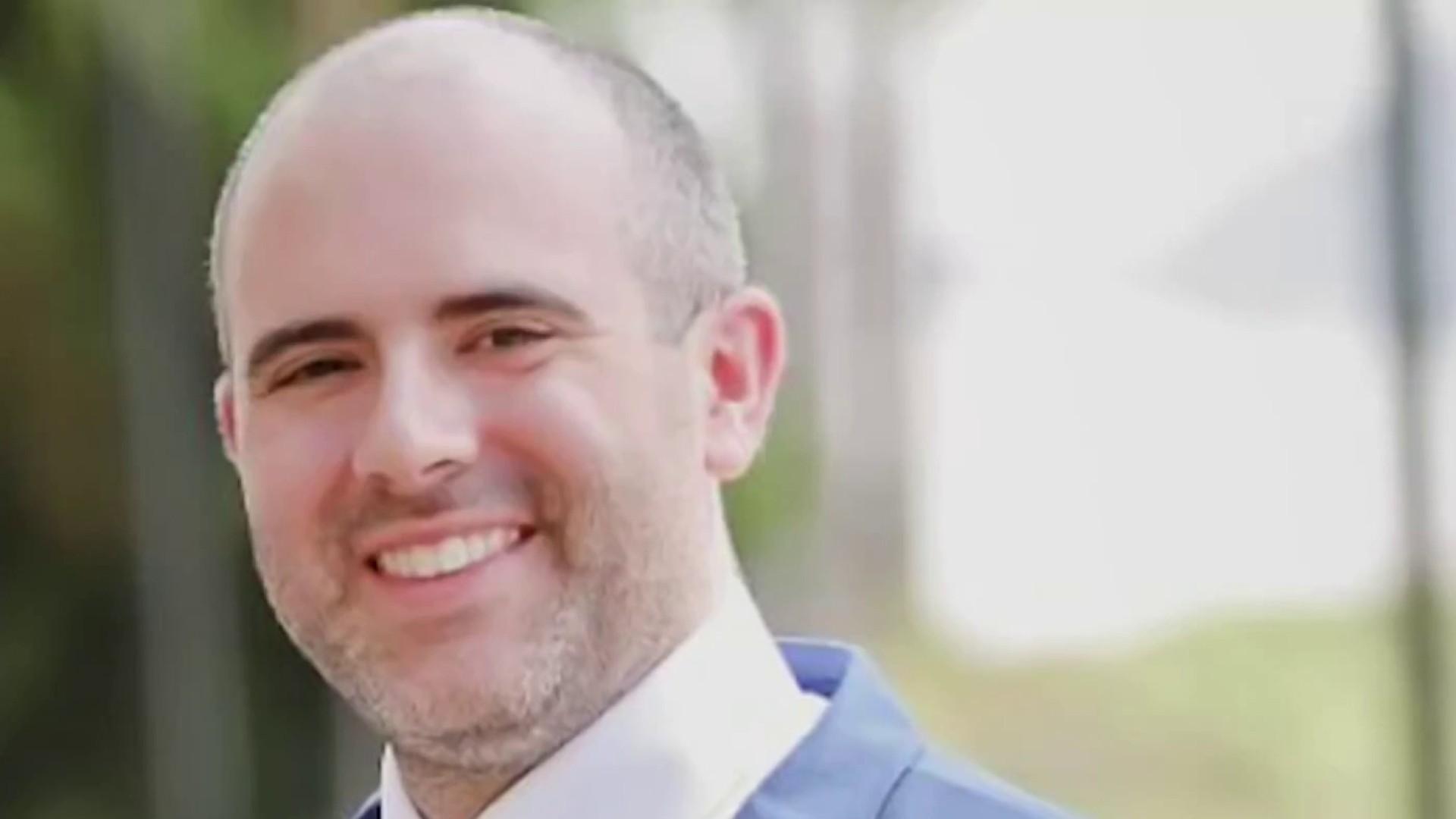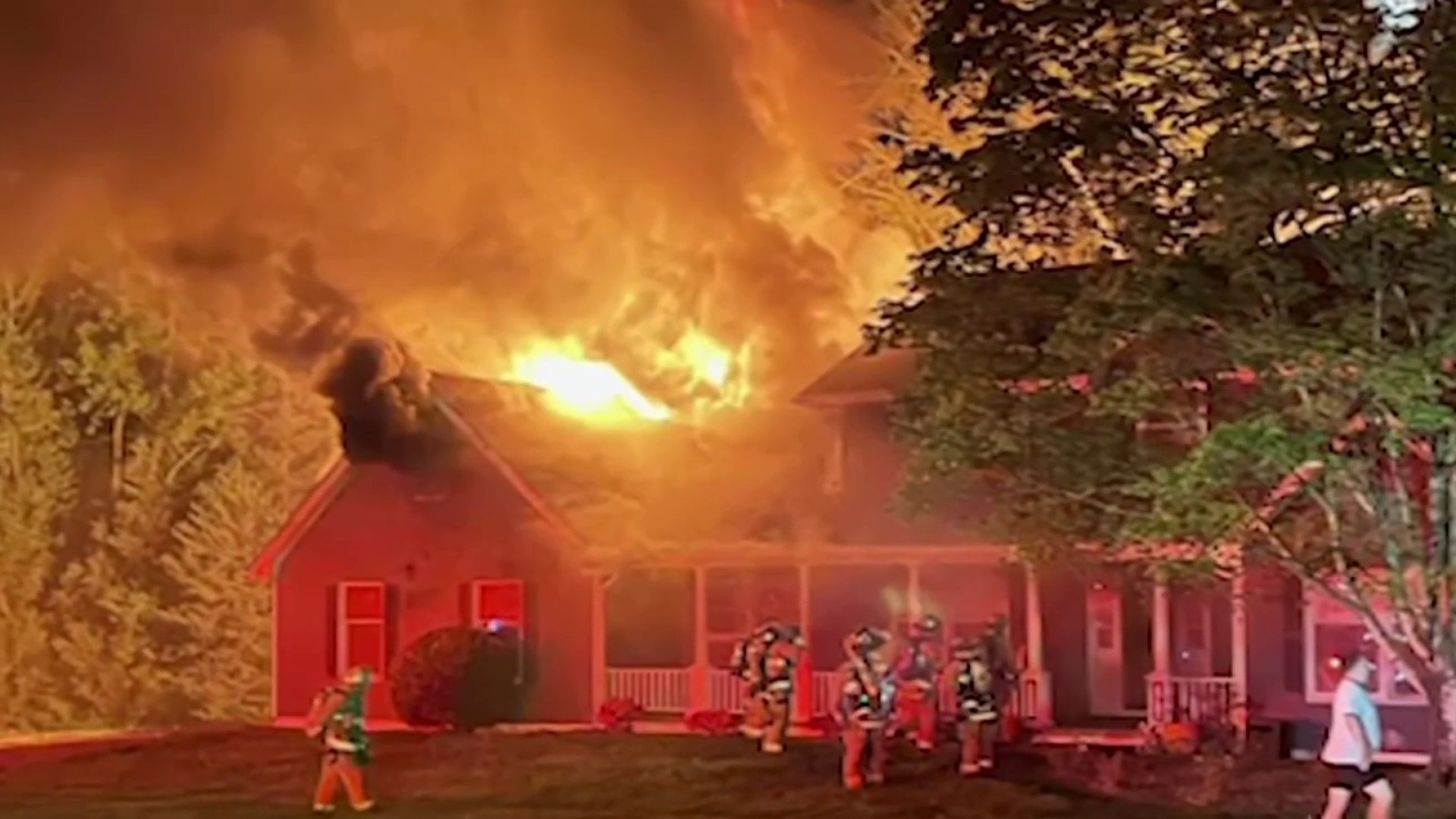The private ambulance service hired by Washington, D.C., to improve response times to 911 calls is not living up to expectations, according to records obtained by News4, but the fire chief says they have improved the city’s responses.
The city hired the private ambulance company AMR to improve 911 response times and to free up ambulances and paramedics for maintenance and training.
This summer, the department has been averaging about 500 calls per day, and AMR ambulances have transported more than 16,000 patients since they were brought on in April. The vast majority of the transports were quick and without incident, according to D.C. Fire and EMS Chief Gregory Dean, but according to the records provided by the department, AMR is not showing up as fast as the chief and the mayor had hoped.
In the first four months of operating, AMR showed up in 10 minutes or less 82 percent of the time. It took AMR 15 minutes or more about 9 percent of the time.
AMR’s contract requires the private ambulances to arrive in 10 minutes 90 percent of the time or the company can face monetary fines, but Dean has not required AMR to pay those penalties, saying it wouldn’t be fair since the District gave AMR bad statistics on which to base the contract.
“When we did the contract with AMR, we used 2014 data, and we anticipated they would be going on 165 calls a day at max,” he said. “Currently they’re going average about 180 calls per day.
While AMR is not meeting the standards yet, Dean said because of the record high 911 call volume this year, the District would have been in bad shape without them
Local
Washington, D.C., Maryland and Virginia local news, events and information
“Just looking at where we were last year, and looking at the number of times that we just had to hold calls, we couldn’t dispatch units, we don’t find ourselves there,” he said.
Excessive heat and a spike in calls for synthetic drug overdoses fueled the increased call volume this summer.
Data obtained by the News4 I-Team shows D.C. Fire and EMS responding to hundreds of suspected synthetic cannabinoid overdose calls each month, including almost 600 overdoses in July.
When News4 first asked for the AMR data, the department provided detailed records for the first four months of AMR service, which showed AMR was actually on time only 73 percent of the time, but after AMR and the department reviewed that raw data, they said they made corrections and came to the 82 percent figure.
AMR Regional Director Erik Rohde provided the following statement:
"Our approach to deploying staff and ambulances is based on a “system status management” concept to determine the coverage, on-coming and off-going crew times and staging locations on an hourly basis. AMR uses a computerized system to model historical data, volume and geography to develop a daily deployment plan to deploy units and staff as needed.
"Based on our first 145-days of operation, we have deployed an average peak of 24 ambulances and 340 ambulance unit hours daily (1 unit hour is equal to 1 fully staffed, fully equipped and fully available ambulance) into the DC EMS system. The number of ambulances on the road follows a basic bell curve with the deployment building throughout the day, peaking in the afternoon and evening hours, and then decreasing again into the night. Again, this staffing and deployment of ambulances is not static; the number of ambulances on the road at any given time and day fluctuates based upon data and demand analysis.
"As part of our contract approval, DC Fire Executives reviewed and approved our daily schedule and staffing plans which were based on system analysis and financial provisions."



